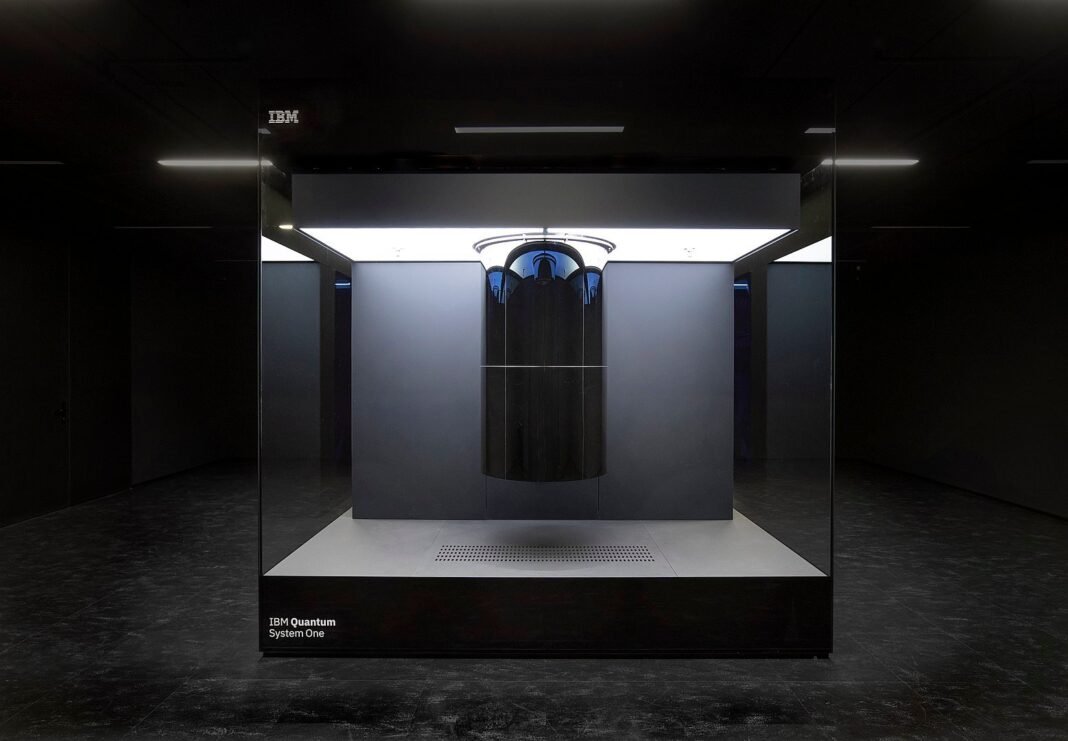
A new computing system developed by researchers at Columbia University has enabled multiple users to run programs on a single quantum computer simultaneously, a breakthrough that may reshape how the technology is used. This marks the first time a quantum computer allows multi-user access without requiring users to wait in line or share results sequentially.
The system, called HyperQ, introduces a virtualization layer that divides a quantum computer’s hardware into isolated segments known as quantum virtual machines (qVMs).
These segments operate independently, allowing different users to run unique applications in parallel. A scheduler, described by researchers as operating like a “master Tetris player,” efficiently fits these qVMs across the machine to maximize usage and reduce idle time.
The technology was unveiled in July at the 19th USENIX Symposium on Operating System Design and Implementation (OSDI ’25), where the research team shared the results of extensive testing on IBM’s Brisbane quantum computer—a 127-qubit system built on the Eagle chipset.
System inspired by cloud-style virtualization
Jason Nieh, professor of computer science at Columbia Engineering and coauthor of the study, said HyperQ brings cloud-style virtualization to the quantum world. He noted that the platform allows multiple programs to run simultaneously on one machine without causing interference or delays.
The advance comes at a time when quantum computers remain costly and limited. According to Quantum Zeitgeist, developing even a small-scale gate-based quantum computer can cost between $10 million and $15 million.
Scientists have unveiled “HyperQ,” a groundbreaking virtualization technology that allows multiple people to concurrently operate a quantum computer, potentially slashing wait times by 40 times and revolutionizing quantum programming. pic.twitter.com/cKtoqXEbJH
— Nyra Kraal (@NyraKraal) August 8, 2025
Annual maintenance often exceeds $1 million, excluding costs tied to software development. Until now, most systems were only able to support a single user at a time due to the highly sensitive and interconnected nature of qubits—the quantum equivalent of classical computing bits.
To overcome these challenges, the Columbia team drew on lessons from classical cloud computing. Traditional virtual machines use a hypervisor to assign unused resources to isolated computing environments. Applying this idea to quantum systems required additional innovation, particularly to manage “noise”—unwanted interference between qubits.
Dynamic scheduling replaces rigid compiler requirements
HyperQ addresses this by adding a layer of buffer qubits around each qVM. These inactive qubits shield active ones from crosstalk, allowing tasks to run side by side without disrupting each other.
Runzhou Tao, lead author of the study and former doctoral researcher at Columbia’s Software Systems Laboratory, explained that previous approaches required programs to be compiled together in advance, often using specialized compilers.
HyperQ eliminates that requirement by enabling dynamic scheduling. Programs are compiled independently and executed on qVMs of varying sizes in real time.
The team reported significant performance improvements. HyperQ reduced average wait times by up to 40 times and increased the number of quantum programs executed tenfold. In some cases, projects that previously took days were completed in just hours.
Researchers now aim to expand HyperQ beyond IBM hardware, with plans to adapt it for use across a broader range of quantum computing systems from other manufacturers.


